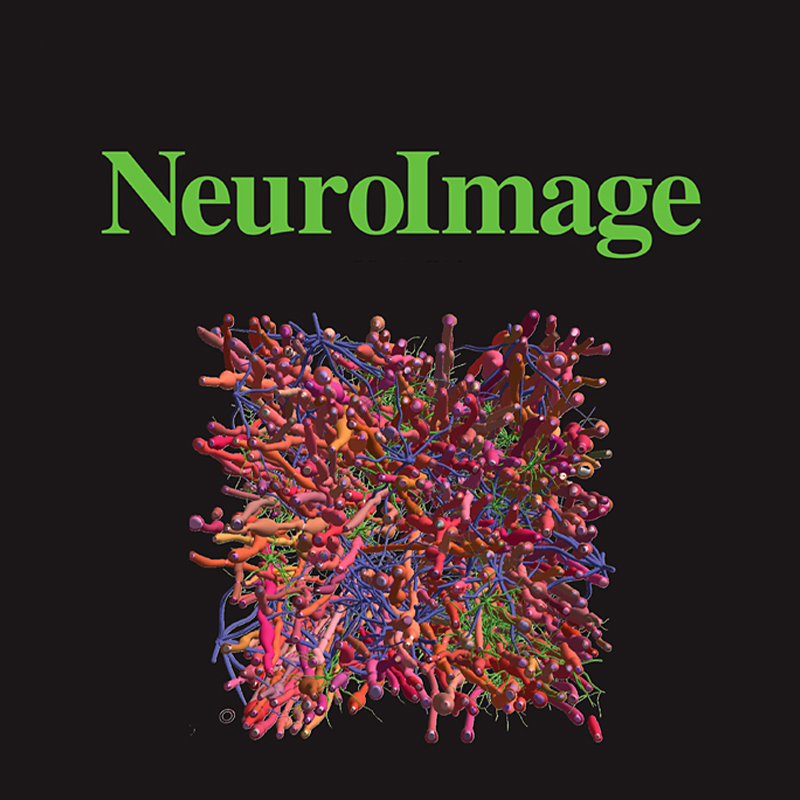Huang RS, Jung TP, Delorme A, Makeig S. (2008) Tonic and phasic electroencephalographic dynamics during continuous compensatory tracking. Neuroimage. Feb 15;39(4):1896-909. Epub 2007 Nov 7.
Abstract
Tonic and phasic dynamics of electroencephalographic (EEG) activities during a continuous compensatory tracking task (CTT) were analyzed using time-frequency analysis of EEG sources identified by independent component analysis (ICA). In 1-hour sessions, 70-channel EEG data were recorded while participants attempted to use frequent compensatory trackball movements to maintain a drifting disc close to a bulls-eye at screen center. Disc trajectories were converted into two moving-average performance measures, root mean square distance of the disc from screen center in 4-s (‘local’) and in 20-s (‘global’) moving time windows. Maximally independent EEG processes and their equivalent dipole source locations were obtained using the EEGLAB toolbox (http://sccn.ucsd.edu/eeglab). Across subjects and sessions, independent EEG processes in occipital, somatomotor, and supplementary motor cortices exhibited tonic power increases during periods of high tracking error, plus additional phasic power increases in several frequency bands before and after trackball movements following disc ‘perigees’ (moments at which the disc began to drift away from the bulls-eye). These phasic activity increases, which were larger during high-error periods, reveal an intimate relation between EEG dynamics and top-down recognition of responding to threatening events. Thus during a continuous tracking task without impulsive stimulus onsets, sub-second scale EEG dynamics related to visuomotor task could be dissociated from slower spectral modulations linked to changes in performance and arousal. We tentatively interpret the observed EEG signal increases as indexing tonic and phasic modulations of the levels of task attention and engagement required to maintain visuomotor performance during sustained performance.
